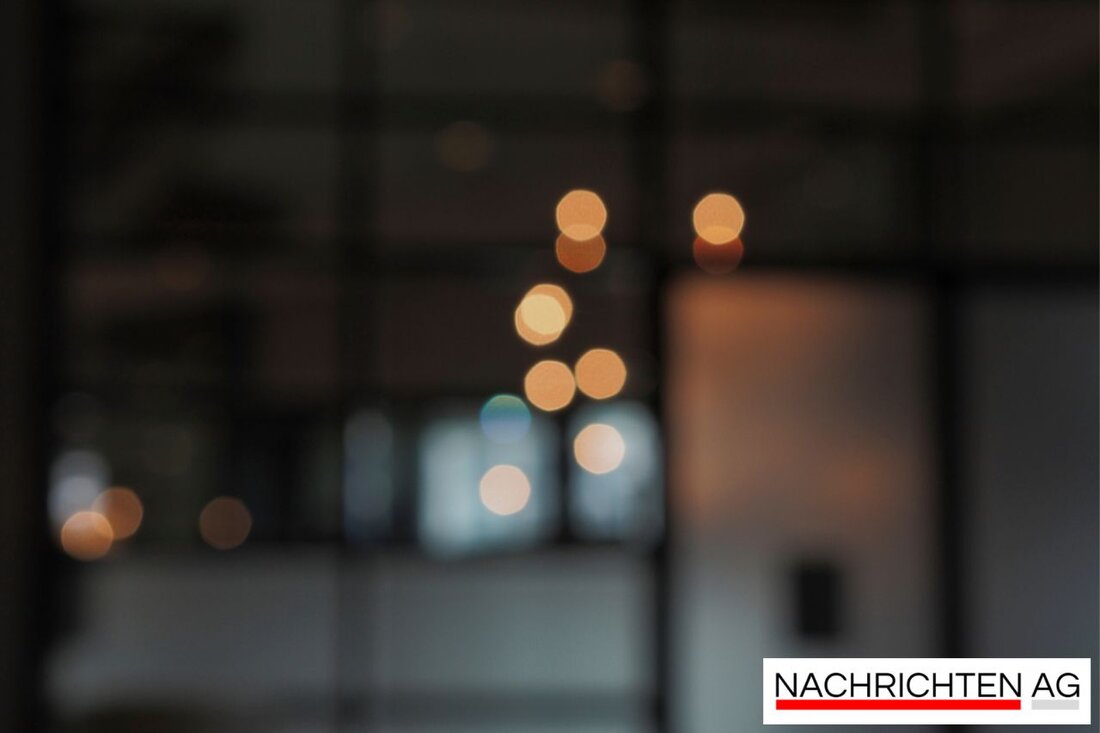Bratwurst boom in Thuringia: Facebook discussion flares up about traditional product!
In Altenburger Land, the Facebook post about the “original Thuringian Rostbratwurst” is causing heated debates about quality and tradition.

Bratwurst boom in Thuringia: Facebook discussion flares up about traditional product!
On July 8, 2025, the discussion about the “Original Thuringian Rostbratwurst” from the Wolf butcher’s shop is simmering on social media. A Facebook post promoting the bratwurst drew over 1,200 comments and more than 2,000 reactions. The term “original Thuringians”, which is critically questioned by some users, provides a lot of conversation. Customers are torn: while some defend the bratwurst and praise its quality, others express concerns and reject the product.
Various aspects are discussed in the lively debate, including the production of this specialty. Critics criticize the practice of scalding, which is used to increase shelf life. However, Uwe Keith, chairman of the “Friends of Thuringian Bratwurst” association, explains that only the ingredients have clearly defined specifications and the preparation is left to the companies and consumers. “The perception of the ‘true’ Thuringian Rostbratwurst varies greatly,” notes Keith. Many people prefer fresh, unbrewed sausages, ideally cooked over charcoal.
Protection of the Thuringian specialty
Did you know that the “Thuringian Rostbratwurst” is recognized as a protected geographical indication (PGI) by an EU seal? Loud Agricultural marketing Thuringia This seal not only guarantees the origin, but also compliance with traditional production methods. In order for the sausage to bear the name, it must be produced in Thuringia and meet strict criteria, such as the use of high-quality meat, spices and natural casings. The sausage is 15 to 20 cm long and weighs 100 to 150 g.
The Thuringian Rostbratwurst is not the only protected product from the region. There are a total of 91 registered products in Germany. The Thuringian liver sausage, the Thuringian red sausage and many more are among the culinary treasures of the state of Thuringia. Around 1,000 products from 27 EU member states enjoy this high-quality protection, and not without reason: the variety and taste consistency are ensured through regular checks by independent institutions.
Tradition and innovation combined
The discussion about the Thuringian bratwurst shows how important tradition and quality are in the food sector. Despite the mixed opinions on the production processes, the popularity of bratwurst in Thuringia is a sign of the regional food culture. The Wolf butcher's shop has made a name for itself with over a hundred years of tradition and produces in Schmölln and Jena, while the company's headquarters are in Schwandorf in Bavaria. The sausage is made with a lot of craftsmanship and attention to detail, which convinces many bratwurst fans.
This exciting debate not only shows consumers' familiarity with the products, but also their commitment to quality and tradition - even if opinions differ greatly about what constitutes the "true" Thuringian Rostbratwurst. The debate is lively and shows once again: a good piece of sausage creates enthusiasm!

 Suche
Suche
 Mein Konto
Mein Konto